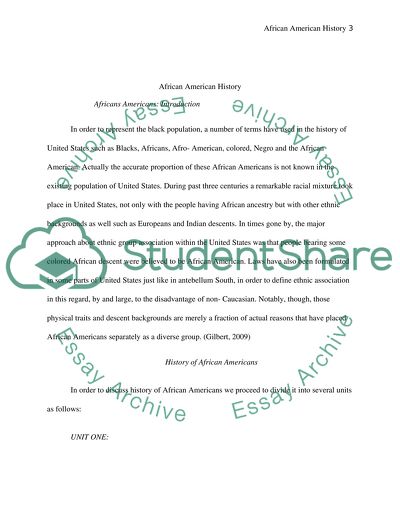Cite this document
(“History of African Americans Essay Example | Topics and Well Written Essays - 2500 words”, n.d.)
Retrieved from https://studentshare.org/miscellaneous/1521284-history-of-african-americans
Retrieved from https://studentshare.org/miscellaneous/1521284-history-of-african-americans
(History of African Americans Essay Example | Topics and Well Written Essays - 2500 Words)
https://studentshare.org/miscellaneous/1521284-history-of-african-americans.
https://studentshare.org/miscellaneous/1521284-history-of-african-americans.
“History of African Americans Essay Example | Topics and Well Written Essays - 2500 Words”, n.d. https://studentshare.org/miscellaneous/1521284-history-of-african-americans.


